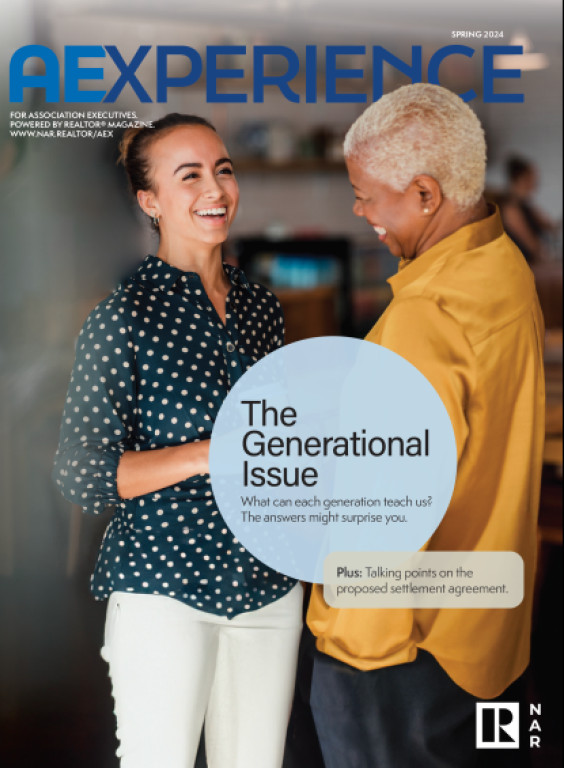What is the one statement that everyone can agree with regarding performance evaluations? If your answer is, “No one likes them,” you’d be correct. Yes, you heard it from the HR person—no one likes performance evaluations. The primary reasons are that people are uncomfortable giving and receiving feedback and don’t like working with misaligned expectations.
So, why do them if no one likes them? Because we need some form of accountability, some manner of documenting how we did throughout the year—to support promotions and merit increases and, unfortunately, sometimes for terminations.
Set Expectations, Avoid Surprises
Performance evaluations tend to go more smoothly when appropriate goals and competencies are clearly identified at the beginning of the performance period. Combined, goals and competencies form expectations.
Let’s take a step back and talk about competencies, because they are often more important than whether we achieve goals. Why? Let me put it this way: Goals are what we do, and competencies are how we do them. We can achieve every single goal on the list and more, but if we leave a trail of tears behind us wherever we go, we aren’t effective in our jobs.
The what and the how work together. I receive so many calls about employees who are stellar at getting things done, but no one wants to work with them.
We want to ensure the competencies (combination of knowledge, skills and abilities) are thoroughly understood, because they contribute toward managing and understanding expectations.
It’s easier to perform well—and even outperform— when we know what is expected of us. It’s also harder for supervisors to be capricious in their evaluations when expectations are clearly stated from the start.
Sometimes people don’t like the idea of setting expectations because they claim they’ll be boxed in, and expectations don’t allow for changes. That’s just plain and simple nonsense. Of course you can mutually agree to make changes in expectations! It’s often necessary because we live in a dynamic, everchanging environment.
You’ve heard the stories:
- “I had no idea I was being evaluated on x.”
- “No one ever told me I needed to do y.”
- “I didn’t even know I was getting my evaluation that day.”
To avoid these situations, the essential factor in the process is communication. Communicating expectations at the outset and throughout the year will ensure a fair and wellreasoned evaluation and prevent the single most dreaded aspect of performance reviews—surprises!
No matter which style of performance evaluation a manager chooses to use, a positive and productive evaluation meeting won’t happen if there is a failure in planning and communication.
Potential Errors
Rater errors, which are often unintentional, can create other problems during the employee review process. The most frequently occurring are:
- Personal or cultural bias. This happens when the evaluation is based not on the entire performance cycle but rather on whether the supervisor likes or dislikes the employee. This can also happen when reviewers look at performance through the lens of their own skill set, seeing how well or how poorly an employee performs a task that they are good at or, alternatively, not good at.
- Recency effect. This is when the rating is determined by whatever has been accomplished within the last few months and does not take the entire performance evaluation period into consideration. This most often happens when employees ramp up their performance right around review time. Again, goal planning and setting expectations help to avoid this effect.
- Leniency or strictness error. This happens when employees receive a good evaluation because the supervisor feels sorry for them. This can also happen when supervisors are afraid of or uncomfortable with giving a negative evaluation. Strictness comes into play when expectations are not articulated and the rater has unrealistically high expectations. Strictness also emerges when supervisors think they must find things the employee did “wrong.”
- Halo or horn effect. This happens when employees are rated on one particular skill, and their strengths and weaknesses in other areas are overlooked. For example, they may be great with spreadsheets but have consistent typos and poor grammar in emails. Yet they get the highest rating because no one else is as good at spreadsheets. These errors can be positive (halo) or negative (horn).
- Similar-to-me. This bias occurs when a group of individuals, all with interests, skills and backgrounds similar to the rater, are seen as highly competent and receive high ratings. This type of personal or cultural bias can be detrimental to culture because it makes the workplace less inclusive for those who are dissimilar.
No matter which style of performance evaluation a manager chooses to use, a positive and productive evaluation meeting won’t happen if there is a failure in planning and communication.”














